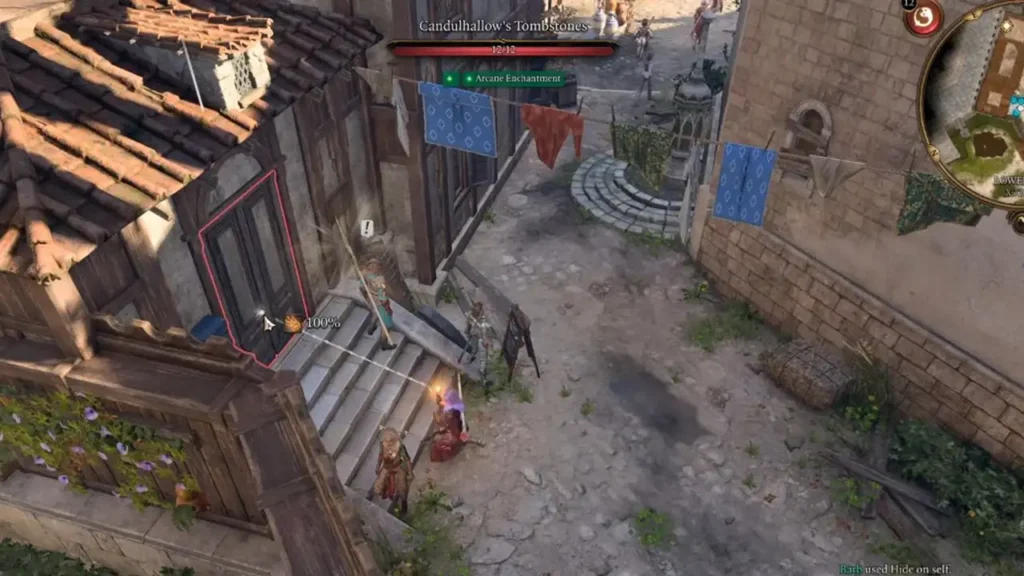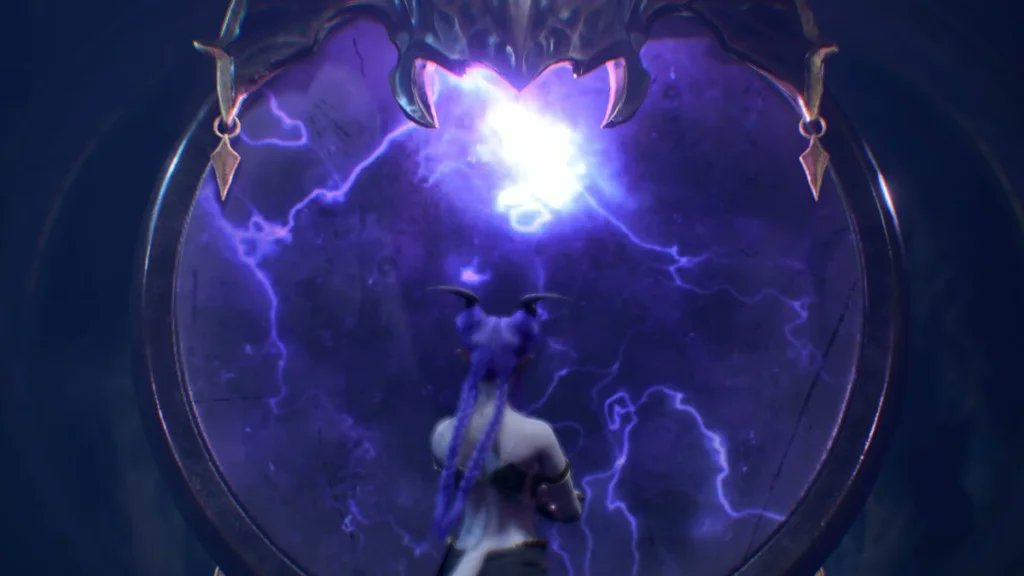Introduction
Baldur’s Gate 3 (BG3) is renowned for its rich storytelling, immersive gameplay, and intricate world-building. Among the many fascinating elements within the game is the Mirror of Loss, a mysterious artifact that holds great significance and power within the world of BG3. In this article, we delve into the lore, mechanics, and significance of the Mirror of Loss, uncovering its secrets and exploring its role in the game.
Mirror of Loss: Lore and Origins
The Mirror of Loss: The Mirror of Loss is a powerful and enigmatic artifact that plays a central role in the storyline of Baldur’s Gate 3. According to BG3 lore, the mirror is said to possess the ability to show individuals their greatest regrets and losses, reflecting their innermost fears and insecurities.
Origins and History: The origins of the Mirror of Loss are shrouded in mystery, with little known about its creation or purpose. Some speculate that it may have been crafted by ancient sorcerers or celestial beings, while others believe it to be a remnant of a bygone era, left behind by a forgotten civilization.
Encountering the Mirror of Loss in BG3
Discovery and Exploration: In Baldur’s Gate 3, players have the opportunity to encounter the Mirror of Loss during their adventures throughout the game world. Whether stumbled upon in a hidden chamber, recovered from the depths of a dungeon, or obtained through a questline, the mirror presents itself as both a tantalizing mystery and a potential source of danger.
Interacting with the Mirror: Upon discovering the Mirror of Loss, players have the option to interact with it and peer into its depths. Doing so may reveal visions of past traumas, unresolved conflicts, or haunting memories, offering insights into the psyche of the characters and the world they inhabit.

Mechanics and Effects of the Mirror of Loss
Psychological Impact: One of the key mechanics of the Mirror of Loss is its psychological impact on characters who gaze into it. Depending on their individual experiences and personalities, characters may react differently to the visions presented by the mirror, experiencing feelings of guilt, sorrow, regret, or even empowerment.
Consequences and Choices: The Mirror of Loss presents players with choices and consequences that can influence the course of their journey in BG3. Depending on how characters respond to the revelations uncovered by the mirror, they may gain insight into their past, forge new alliances, or confront personal demons that threaten to consume them.
FAQs (Frequently Asked Questions)
Can the Mirror of Loss be used as a gameplay mechanic in BG3? While the Mirror of Loss primarily serves as a narrative element in Baldur’s Gate 3, some players have speculated about the potential for it to be integrated into gameplay mechanics, such as offering unique quests or abilities tied to characters’ interactions with the mirror.
Is there a way to harness the power of the Mirror of Loss for personal gain in BG3? While the Mirror of Loss is a potent artifact with the ability to reveal hidden truths and emotions, its power is often accompanied by great risk and peril. Attempting to manipulate or exploit the mirror for personal gain may result in unforeseen consequences or dire repercussions for characters in BG3.

Can the Mirror of Loss be destroyed or removed from the game world in BG3? As of the current version of Baldur’s Gate 3, there is no known method for destroying or removing the Mirror of Loss from the game world. It remains an integral part of the storyline and lore of BG3, catalyzing character development and narrative progression.
Conclusion
The Mirror of Loss stands as a testament to the depth and complexity of the world of Baldur’s Gate 3, offering players a glimpse into the inner workings of its characters and the challenges they face. With its rich lore, mysterious origins, and profound psychological impact, the mirror serves as a compelling narrative device that adds depth and intrigue to the game. As players continue their journey through the world of BG3, the Mirror of Loss remains a poignant reminder of the trials and tribulations that shape the human experience, offering both insight and reflection into the nature of loss and redemption.

